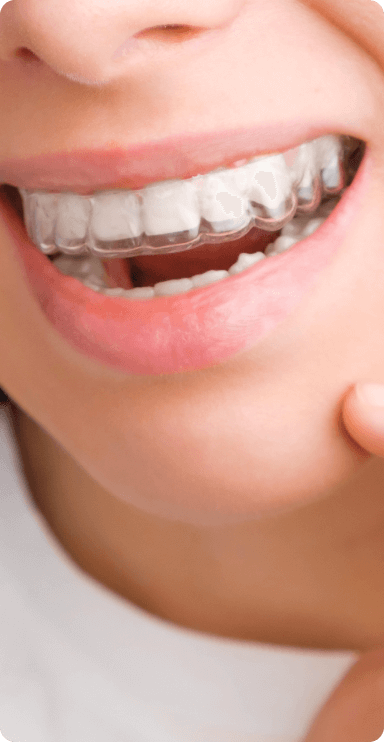When choosing an orthodontist in Dubai, it is important to consider the following factors:

1. Education and training: Choose an orthodontist who has received specialized training in the field of orthodontics and has a degree in the field.
2. Experience: Look for an orthodontist who has a track record of successful treatment outcomes and has experience treating patients with a variety of orthodontic conditions.
3. Reputation: Research the orthodontist's reputation among other healthcare professionals and patients. Consider reading online reviews and asking for recommendations from your primary care doctor or dentist.
4. Treatment options: Consider an orthodontist who offers a range of treatment options, such as traditional braces, clear aligners, and other modern orthodontic treatments.
5. Comfort level: It is important to feel comfortable and at ease with your orthodontist. Consider scheduling a consultation to meet with the orthodontist and discuss your treatment options before making a decision.
6. Convenience: Consider the location and availability of the orthodontist's office, as well as their office hours and policies for scheduling appointments.
7. Cost: Orthodontic treatment can be expensive, so it is important to consider the cost of treatment and whether the orthodontist offers payment plans or accepts your insurance.
The role of technology in orthodontic care
Technology plays an important role in orthodontic care. Modern orthodontic treatments, such as clear aligners, are made using advanced 3D computer imaging technology. This technology allows orthodontists to create precise treatment plans and to monitor progress throughout treatment.
In addition, orthodontists use digital X-rays and intraoral scanners to diagnose and plan treatment. These tools provide a more detailed and accurate view of the teeth and jaws, allowing the orthodontist to make more informed treatment decisions.
Orthodontists also use technology to improve the comfort and convenience of treatment. For example, some orthodontists use low-force techniques and self-ligating braces, which require fewer adjustments and are more comfortable for the patient.
Overall, technology has greatly improved the accuracy, efficiency, and comfort of orthodontic treatment, leading to better outcomes for patients.
Tips for maintaining healthy teeth and gums during orthodontic treatment
Here are some tips for maintaining healthy teeth and gums during orthodontic treatment:
1. Brush your teeth at least twice a day: Use a soft-bristled toothbrush and fluoride toothpaste to gently brush your teeth and braces. Be sure to brush all surfaces of your teeth, including the brackets and wires of your braces.
2. Floss daily: Use floss threaders or a water flosser to clean between your teeth and around your braces. This will help remove food particles and plaque, which can lead to tooth decay and gum disease.
3. Avoid sugary and acidic foods: These types of foods can damage your teeth and weaken your enamel. Try to limit your consumption of sugary drinks, candy, and acidic fruits and juices.
4. Rinse with mouthwash: Mouthwash can help kill bacteria and freshen your breath. Consider using an antiseptic mouthwash to kill bacteria and reduce the risk of tooth decay and gum disease.
5. Visit your dentist regularly: It is important to visit your dentist every six months for regular cleanings and check-ups. Your dentist can help identify and treat any oral health issues that may arise during orthodontic treatment.
6. Wear a mouthguard: If you play sports or engage in activities that could damage your braces, consider wearing a mouthguard to protect your teeth and braces. Your orthodontist can provide you with a custom-fit mouthguard.
7. Be gentle on your braces: Be careful not to bite your nails, chew on hard objects, or use your teeth to open packages, as this can damage your braces. If you have a loose or broken bracket, contact your orthodontist for repair.
By following these tips, you can help maintain healthy teeth and gums during orthodontic treatment.





Comments